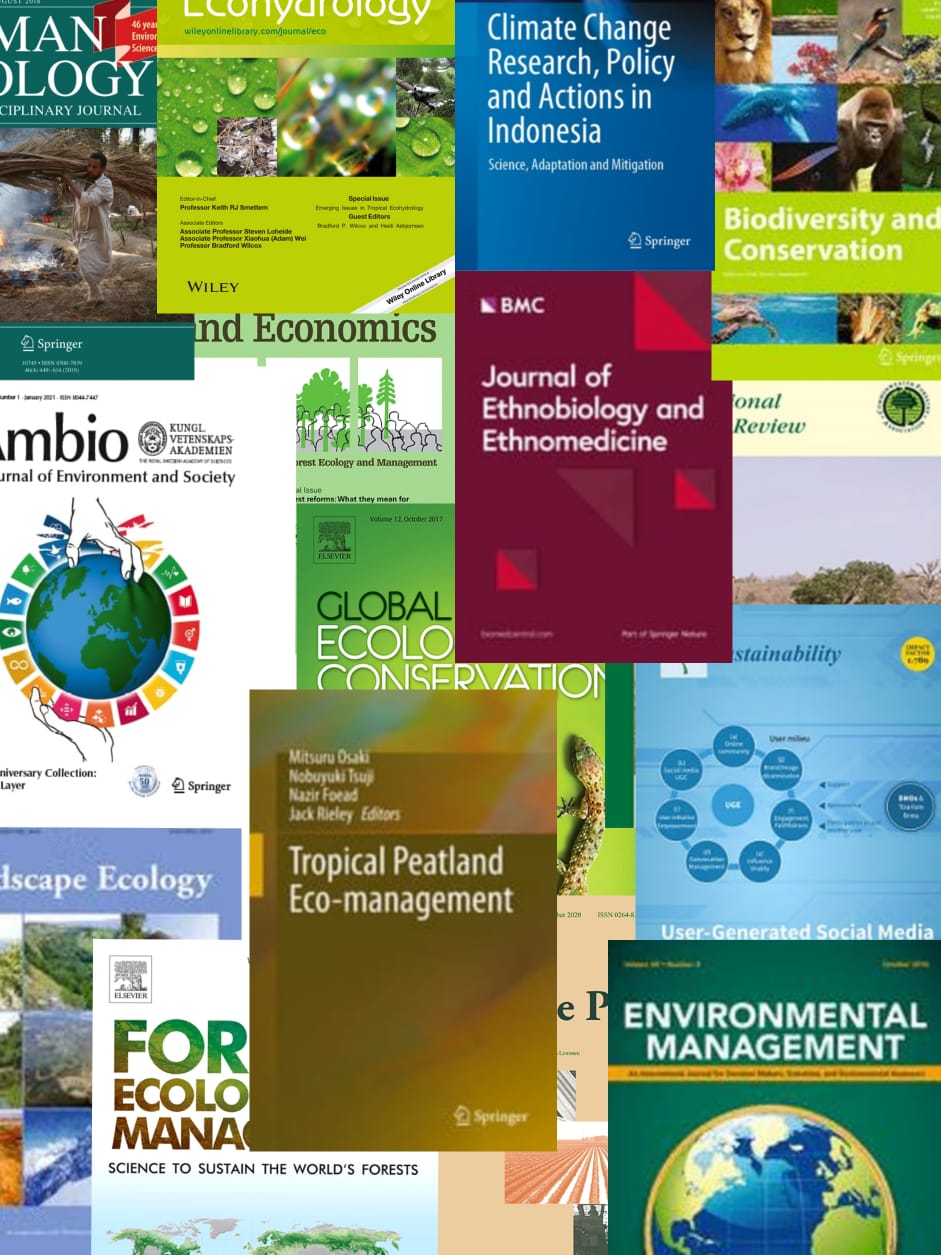Peatlands are shaped by slow litter decomposition, but threshold decomposition rates that allow peat formation remain unclear. Can agroforestry in the tropics be compatible with paludiculture that allows peat formation? We explored the determinants of litter decomposition in wet agro-forests adjacent to tropical peatlands in Central Kalimantan (Indonesia) by litterbag studies (up to 16 weeks) with standing litter sources to estimate rate constants, characterize litter quality (especially lignin (L), polyphenolics (Pp) and nitrogen (N)), and monitor temperature and groundwater levels. In litter transfer experiments we tested for home-field advantage (HFA) effects between land cover types. Mean residence times around 85 weeks at 27 °C were associated with a high (L + Pp)/N ratio. However, in the crossover treatments, mean residence times varied from 30 to 180 weeks and strong HFA effects (up to 80% faster decomposition at “home”) were found when litter from other sources was tested in old fruit-based agroforests. HFA indicates a local decomposer community well-adapted to its normal litter diet. Litter residence times of around two years are below the ap-parent peat formation threshold. Maintaining wet agroforest conditions adjacent to peat domes sup-ports peatland rewetting and restoration but does not contribute to on-site peat formation processes.
View source

